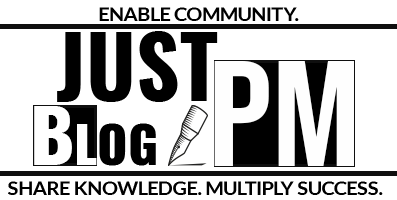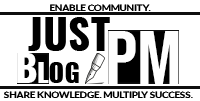In the vast landscape of project management, procurement is a pivotal pillar, ensuring that projects have all the necessary resources to reach their objectives, be it goods, services, or results. Project Procurement Management encompasses the processes necessary to purchase or acquire the products, services, or results needed from outside the project team. This article delves into the intricacies of Project Procurement Management, offering insights into its processes, outputs, tools, and techniques.
- Conduct Procurements Process: The procurement journey begins with identifying and selecting a suitable vendor. This process involves:
-
- Document Generation: The primary output is a list of qualified sellers who have cleared preliminary evaluations and are in the competitive range. These sellers would have negotiated using a draft contract, which becomes the template for the final contract award.
- Contract Award: The selected seller is awarded a binding legal document procurement contract. It outlines deliverables, schedules, roles, pricing, terms & conditions, and other essential components.
- Resource Calendars: These detail the availability of contracted resources and their timelines.
- Change Requests: These may arise due to the procurement schedule’s impact on the overall project, risks, costs, and other factors.
- Administer Procurements Process: Once a contract is awarded, it’s crucial to manage it effectively. This phase is about:
-
- Relationship Management: Ensuring a smooth buyer-seller relationship is paramount. Both parties must ensure that they’re meeting their legal and contractual obligations.
- Performance Monitoring: Regularly assessing the seller’s performance against the contract’s stipulations is essential.
- Contract Adjustments: Making necessary changes or corrections as situations evolve.
- Inputs to Administer Procurement Process: The administration phase requires a set of documents to guide the process:
-
- Procurement Documents include the Statement of Work (SOW) and other essential documents that define the procurement’s scope and expectations.
- Contract Document: This is the binding agreement between the buyer and the seller, detailing the exact terms of the procurement.
- Performance Reports: These provide insights into the seller’s past and current performance, ensuring they meet the project’s requirements.
- Tools & Techniques used with Administer Procurements Process: Effective administration requires a set of tools and techniques:
-
- Contract Change Control System: This system manages changes to the contract, ensuring that all modifications are documented, approved, and integrated.
- Procurement Performance Reviews: These are structured evaluations of the seller’s performance against the contract.
- Inspections and Audits: These evaluations ensure the seller’s compliance with the contract’s stipulations.
- Performance Reporting: This provides insights into the seller’s ongoing performance, ensuring they meet the project’s requirements.
- Outputs from the Administer Procurements Process: The administration phase results in a set of updated documents:
-
- Procurement Documents: These are continually updated to reflect any changes or modifications.
- Organizational Process Assets include procurement files, deliverable acceptance, and lessons learned documentation.
- Close Procurements Process: The final phase in procurement management is closure. This process ensures that all contractual obligations have been met and that both parties are satisfied with the outcomes.
-
- Procurement Audits: These are structured reviews of the entire procurement process, from initiation to closure.
- Negotiated Settlements: These provide a mechanism to amicably resolve any disagreements without resorting to legal avenues.
- Records Management System: An organized and efficient system ensures systematic storage, organization, and retrieval of all procurement-related documents.
In conclusion, Project Procurement Management is a multifaceted domain that requires meticulous planning, execution, and monitoring. By understanding its processes, tools, and techniques, project managers can ensure that their projects are well-resourced and contractual obligations are met, leading to successful project outcomes.


